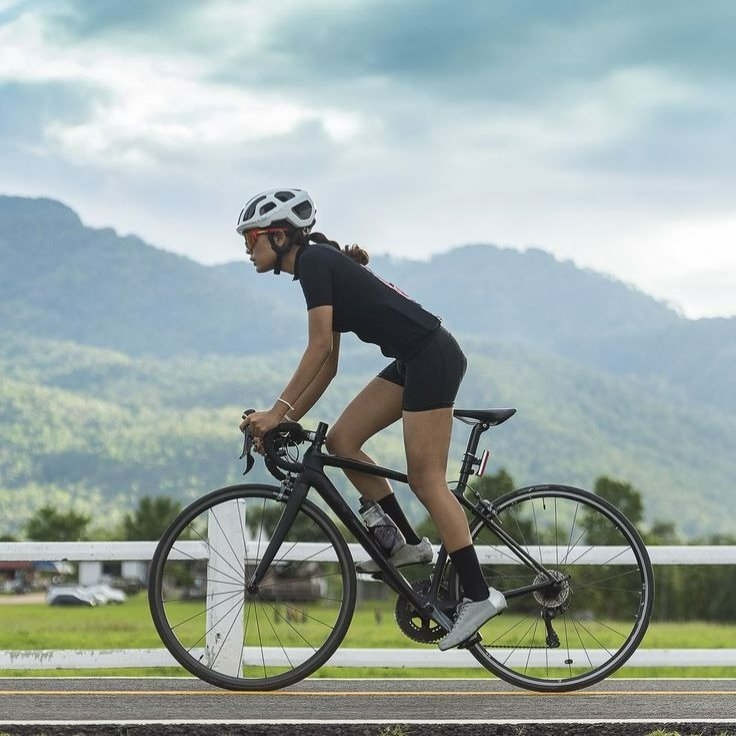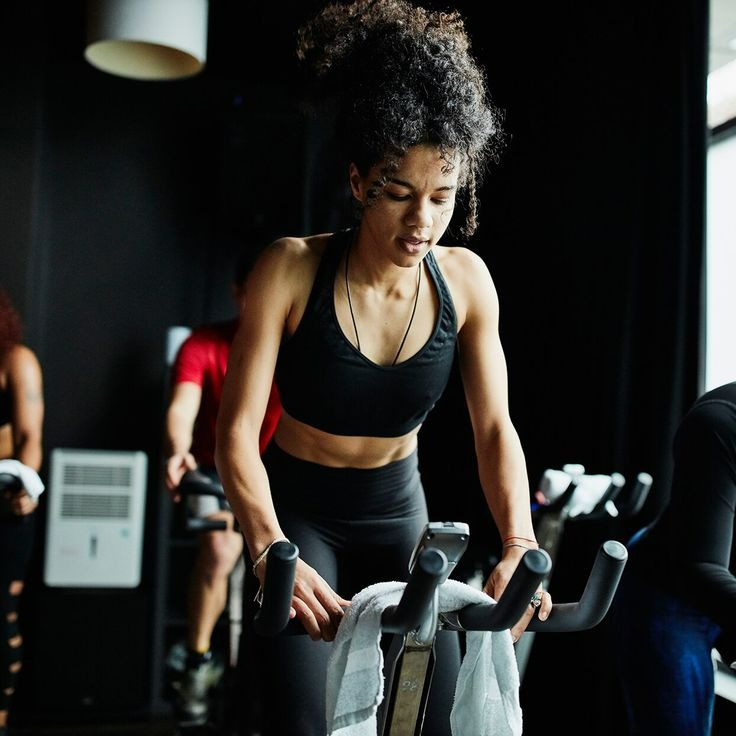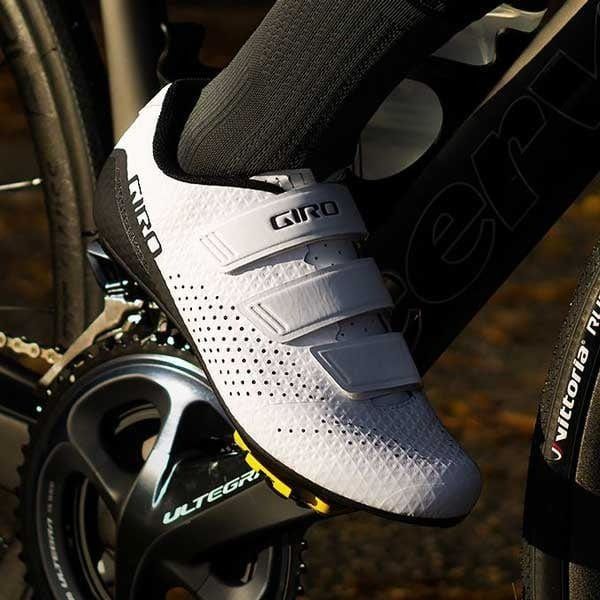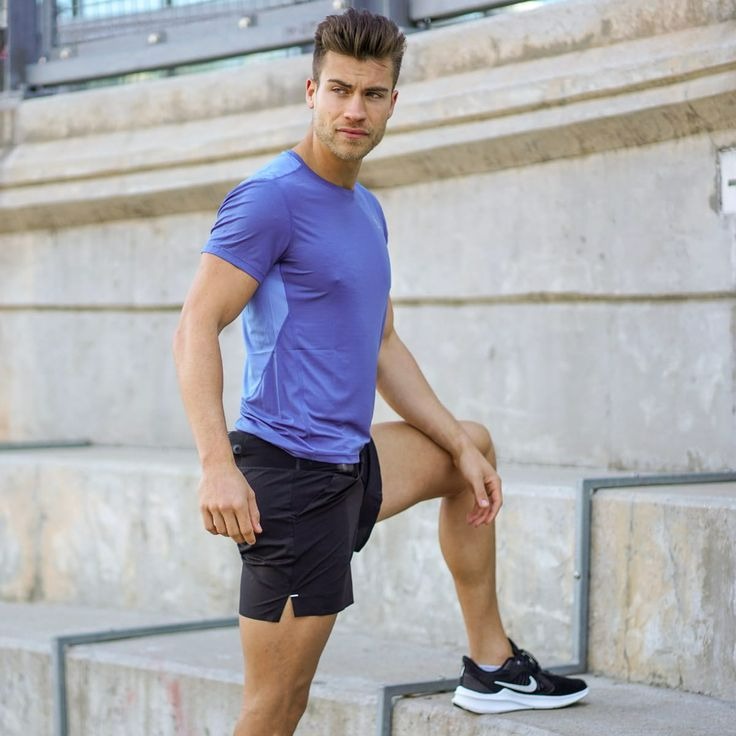Introduction to Cycling and Calorie Burn
Cycling is a thrilling and efficient way to burn calories. This activity combines physical exertion with outdoor enjoyment, leading to significant energy expenditure. The number of calories burned cycling can depend on various factors including body weight, terrain, and intensity of the workout. Cyclists often aim to maximize this calorie burn for weight loss or improved fitness.
Whether you are a seasoned cyclist or just starting out, understanding how cycling burns calories is beneficial. This introduction will delve into the basics of calorie consumption during cycling. It will highlight what influences calorie burn and typical rates at which calories are burned. This knowledge can help tailor your cycling routine to meet your fitness goals effectively.

Factors Influencing Calorie Consumption in Cycling
Several factors determine how many calories you burn while cycling. It’s not just about the distance you cover, but also about your body dynamics and the conditions you cycle in. Let’s look at some of the leading factors that influence calorie consumption when you hit the pedals.
Body Weight and Composition
Your body weight plays a key role in calorie burn. Heavier individuals tend to burn more calories as they exert more energy to pedal. Body composition matters too. More muscle means a higher metabolic rate, leading to more calories burned during cycling.
Cycling Intensity and Duration
The harder and longer you cycle, the more calories you’ll burn. High-intensity cycling increases heart rate and energy use, making your body burn more calories. Steady, longer rides also add up in calorie burn over time.
Terrain and Riding Conditions
Cycling uphill takes more effort than riding on flat ground, thus burning more calories. Windy and rough conditions make you work harder, boosting calorie consumption.
Cycling Speed and Efficiency
A faster pace requires more energy, leading to higher calorie expenditure. However, cycling efficiency, which includes your bike’s condition and your riding technique, can affect how many calories you burn at different speeds.
Average Calorie Burn Rates for Cycling
Cycling is a dynamic way to burn calories. Yet, many wonder how much energy cycling consumes. Understanding average calorie burn rates helps set realistic expectations and goals. The following sections break down how the type of cycling and comparison with other exercises contribute to calorie burn.
Calorie Burn by Type of Cycling
Different styles of cycling can lead to different calorie burns. For instance:
- Road Cycling: Often done at a moderate to high intensity, road cycling can burn substantial calories.
- Mountain Biking: The challenging terrain increases intensity, leading to a higher calorie burn.
- Stationary Cycling: Indoor cycling allows for controlled intensity. Calorie burn can vary based on resistance and effort.
- Leisure Cycling: A low-intensity option. It’s great for a light workout with lower calorie burn.
Comparison with Other Exercises
How does cycling stack up against other activities? Here’s a brief comparison:
- Running: Generally, running burns more calories than cycling at the same intensity due to full-body engagement.
- Swimming: Comparable to cycling, especially when done vigorously.
- Walking: Burns fewer calories than cycling, making cycling a more efficient choice for the same time spent.
The type of exercise isn’t the only factor in calorie burn; individual effort plays a significant role. Use these insights to find a balanced and enjoyable fitness approach.

How to Maximize Calorie Burn While Cycling
Seeking to get the most out of your cycling sessions? Enhancing calorie burn isn’t just beneficial for weight loss; it’s also great for improving cardiovascular health and overall fitness. Here are some effective strategies to supercharge your calorie expenditure while cycling:
Interval Training Techniques
Interval training is a powerful method to turbo-charge your calorie burn. It involves alternating between short bursts of intense effort and periods of lower intensity or rest. This approach has multiple benefits:
- It boosts your metabolic rate, even after the workout.
- High-intensity intervals increase calorie burn more than steady-state cycling.
- It can fit into a busy schedule as it requires less time.
- Interval training can make workouts more dynamic and engaging.
To start, you can try adding a series of 30-second sprints into your usual ride, followed by a minute or two of relaxed pedaling.
Incorporating Hill Climbs
Hills are natural resistance tools that can greatly enhance calorie consumption. Here are a few reasons to seek out those inclines:
- Climbing hills require more energy, thus increasing calorie burn.
- It builds strength, especially in your legs and core.
- The variety inclines offer can prevent boredom.
Start with moderate slopes and gradually include steeper hills as your fitness improves.
Optimizing Gear and Posture
Lastly, your gear and posture play significant roles in burning calories effectively:
- Ensure your bicycle is well-maintained to minimize energy loss.
- Adjust your seat height for optimal leg extension during pedaling.
- Adopt a streamlined posture to reduce wind resistance.
By tweaking these elements, you’ll cycle more efficiently, promoting higher calorie expenditure.

Measuring Your Cycling Calorie Burn
To understand the effectiveness of your cycling workouts, measuring calorie burn is crucial. With advancements in technology, there are now several tools available that make tracking the calories burned cycling a straightforward process.
Wearable Tech and Fitness Trackers
Fitness trackers and smartwatches have revolutionized how cyclists monitor their workouts. These devices offer:
- Real-time data on heart rate and calories burned.
- Insights into workout intensity and progress over time.
- Convenient tracking through wrist-worn devices.
When choosing a fitness tracker, ensure it specifically supports cycling activity for accurate data. Many can sync with other apps for a comprehensive view of your health and fitness.
Cycling Computers and Apps
Cycling computers and smartphone apps are other popular ways to measure calorie burn. They come with features like:
- GPS tracking for distance, speed, and routes.
- Customizable displays for monitoring different metrics.
- Connectivity with heart rate monitors for a more accurate calorie count.
By pairing these devices with speed and cadence sensors, cyclists can get detailed information about their rides and the calories they have expended. Some apps also offer virtual challenges and achievements, adding extra motivation to your cycling training.
Tracking calories burned cycling helps fine-tune your exercise routine for optimal results. Whether you prefer wearable tech or cycling apps, both are effective in providing the data you need to reach your fitness goals.
Impact of Diet on Cycling Performance and Calorie Burn
Your diet plays a pivotal role in your cycling performance and the number of calories burned cycling. A balanced diet fuels your rides and affects how efficiently your body burns calories. The right nutrition can provide the energy needed for optimal cycling performance. Here’s how diet impacts your rides and calorie burn.
Pre-ride Nutrition
Eating correctly before cycling is crucial. It ensures you have sufficient energy to pedal hard and long. The timing of meals also matters. Eat a substantial meal three to four hours before a ride. For last-minute energy, have a small, carb-rich snack 30 to 60 minutes beforehand. Include complex carbs, lean proteins, and healthy fats in your pre-ride meals. They give sustained energy without spikes and drops in blood sugar levels.
Hydration and Energy Maintenance
Staying hydrated is essential for maintaining energy levels while cycling. Dehydration can lead to early fatigue and lower calorie burn. Carry water with you on all rides. Consider electrolyte solutions on longer rides to replace salts lost through sweat. Snack on small amounts of high-energy foods like fruits or energy bars to maintain intensity and burn more calories. Proper hydration and energy maintenance support better cycling performance and higher calorie expenditure.
Conclusion: Balancing Cycling for Fitness and Enjoyment
As you harness the wheels to burn calories, remember the key is balance. Cycling should bring joy and boost health. To close off, let’s look at how to mix pleasure with calorie burn. Here are some final tips:
- Set Achievable Goals: Start with realistic targets for distance and calorie burn. Reach goals, then set higher ones.
- Mix Up Your Rides: Combine fun rides with intense workouts. It stops boredom and boosts calorie burn.
- Listen to Your Body: Rest when tired. Overdoing it can lead to burnout or injury.
- Enjoy the Scenery: Don’t just focus on burning calories. Enjoy the views and fresh air too.
- Ride with Friends: It’s fun and can push you to cycle harder.
- Keep a Diet Diary: Track food intake to ensure it meets your cycling needs.
- Celebrate Progress: Take pride in improved fitness and weight loss, no matter how small.
Always blend fun with fitness for a lasting cycling habit. This way, you’ll burn more calories without losing the love for the ride.

